Particle Shape Analysis of Cellulose fibers
This study focuses on the characteristics of specific cellulose fibers made from natural sources. They are manufactured as thickening agents, which appear in several domestic consumer products, including cosmetics, shampoos, and many more. Length, width , and fiber curl significantly influence the viscosity of final products. As such analyzing fibers using size-only particle size analyzers can be very misleading. To do a proper job of qualifying fibers, dynamic image analysis is needed. Dynamic imaging is capable of giving size results but also capable of measuring fibers by their length, width, aspect ratio and the curl or curvature of the fiber. In addition, showing thumbnail images of all measured particles as a great benefit dynamic image analysis offers.
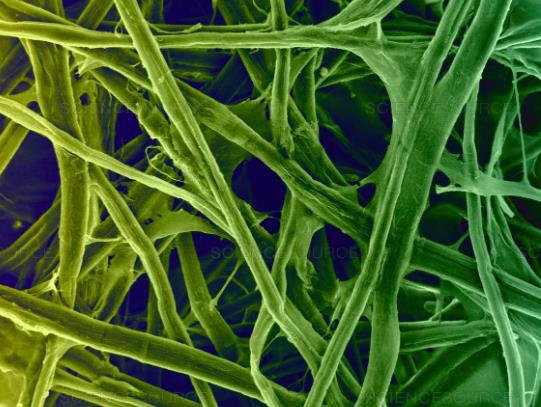
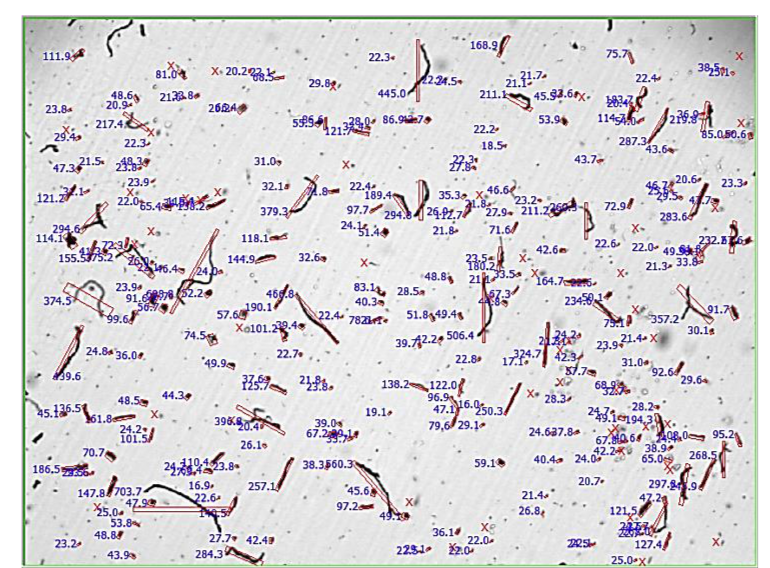
Benefits of Dynamic Image Analysis to measure fibers
Fibers of this category are first suspended in isopropanol, which prevents rapid dissolution, and are subsequently intermixed thoroughly. As longer fibers typically arrange themselves according to the orientation of flow, the examination of lengths with greater extension than the width of the flow cell is possible. The above image from the Insight series of products exhibits Fiber Length values. The fiber shape model aligns the long, narrow fibers and records Length, Width, and Aspect ratio of the aligned rectangle.
Fiber Width displays symmetry around the average (16 microns). Fiber Length displays an acute increase and subsequently a straight decrease to 500 microns. This decrease is nearly linear (on the log scale). Fiber length distributions do not usually adhere to the typical particle size distribution shapes.
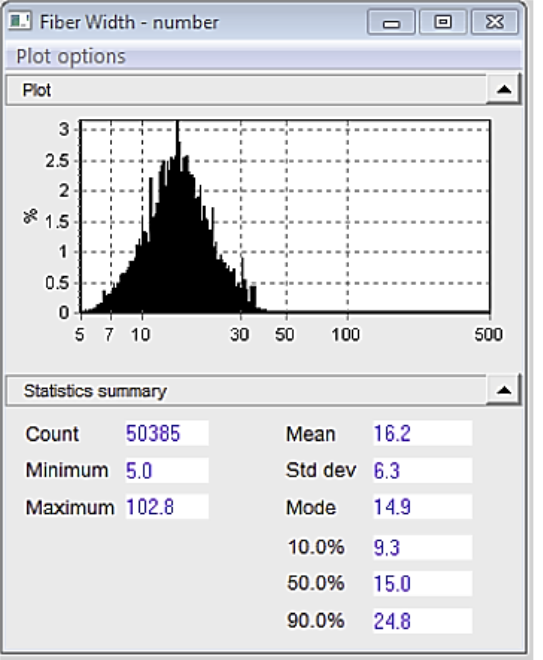
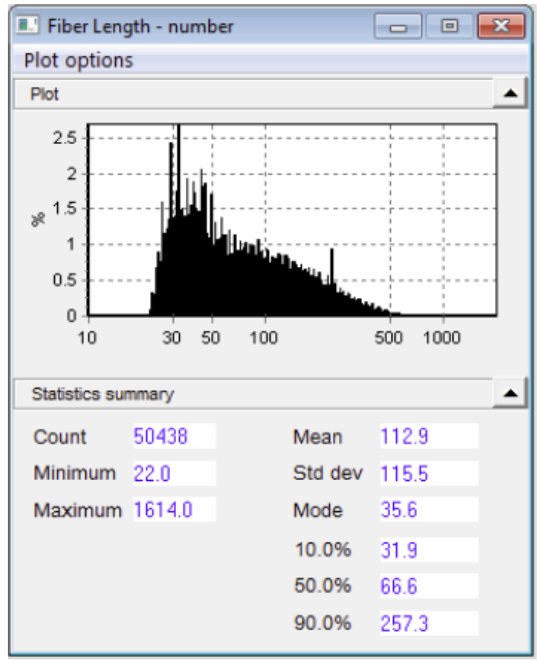
Fiber Curl is an index of straightness, represented in numerical terms. 1.0 represents perfect straightness, while lower values correspond to a more curled shape. Aspect ratio (Fiber AR), the proportion of length to width, displays an average value of 7.7. The largest aspect ratio observed was around 50. Many customers have used Fiber Curl, a very unique measurement done by Dynamic Image Analysis, to control the viscosity of products when used as a thickening agent.
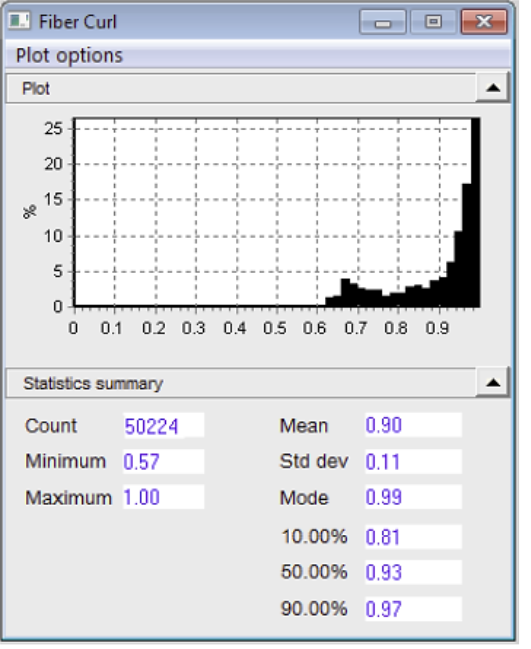
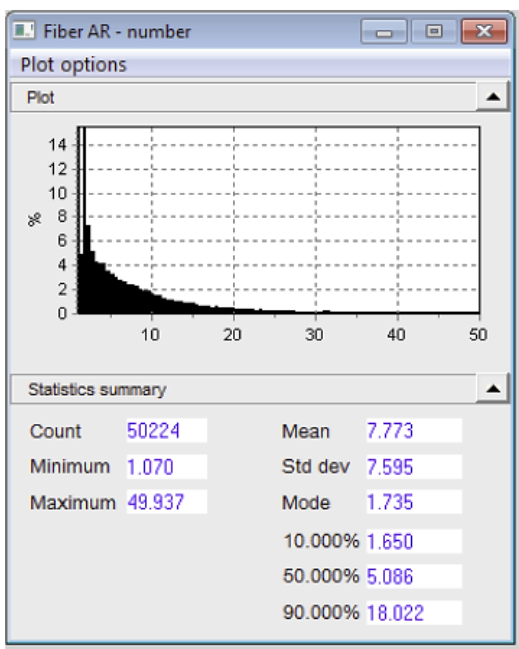
For an in-depth discussion on the particle size and shape of fibers, the article “Measurement of Fibers” by the National Institute for Occupational Safety and Health (NIOSH) provides comprehensive insights. This resource delves into methodologies for assessing fiber dimensions and morphology, which are crucial for understanding their behavior in various applications.
Additionally, the article “Fiber shape, structure and surface texture” offers valuable information on the influence of fiber shape and surface characteristics on their performance.
These resources should provide a thorough understanding of fiber particle size and shape analysis.

